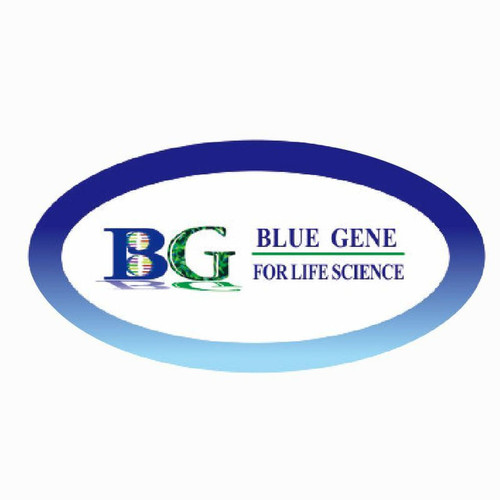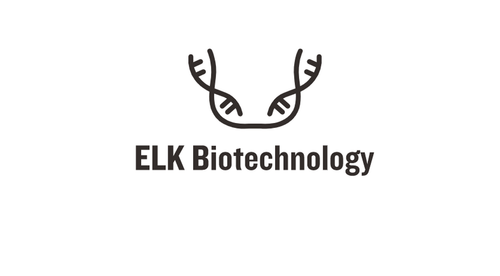Product Description
Human Arginyl-tRNA Synthetase (RARS) ELISA Kit | AE24362HU | Abebio
Species Reactivity: Human (Homo sapiens)
Abbreviation: RARS
Alternative Name: ArgRS; DALRD1; MGC8641; arginine tRNA ligase 1; cytoplasmic
Application: ELISA
Range: 0.781-50 ng/mL
Sensitivity: 0.30 ng/mL
Intra-Assay: ≤6.2%
Inter-Assay: ≤8.4%
Recovery: 1
Sample Type: Serum, Plasma, Other biological fluids
Detection Method: Sandwich
Analysis Method : Quantitive
Test Principale: This assay employs a two-site sandwich ELISA to quantitate RARS in samples. An antibody specific for RARS has been pre-coated onto a microplate. Standards and samples are pipetted into the wells and anyRARS present is bound by the immobilized antibody. After removing any unbound substances, a biotin-conjugated antibody specific for RARS is added to the wells. After washing, Streptavidin conjugated Horseradish Peroxidase (HRP) is added to the wells. Following a wash to remove any unbound avidin-enzyme reagent, a substrate solution is added to the wells and color develops in proportion to the amount of RARS bound in the initial step. The color development is stopped and the intensity of the color is measured.
Product Overview: Arginyl-tRNA synthetase, cytoplasmic is an enzyme encoded by the RARS gene.Aminoacyl-tRNA synthetases catalyze the aminoacylation of tRNA by their cognate amino acid. Because of their central role in linking amino acids with nucleotide triplets contained in tRNAs, aminoacyl-tRNA synthetases are thought to be among the first proteins that appeared in evolution. Arginyl-tRNA synthetase belongs to the class-I aminoacyl-tRNA synthetase family.Knockdown of rrt1, and of most other genes encoding aminoacyl-tRNA synthetases, rescued animals from hypoxia-induced death, and the level of hypoxia resistance was inversely correlated with translation rate. The unfolded protein response was induced by hypoxia and was required for the hypoxia resistance of the reduction-of-function mutant of rrt1.
Stability: The stability of ELISA kit is determined by the loss rate of activity. The loss rate of this kit is less than 5% within the expiration date under appropriate storage condition. The loss rate was determined by accelerated thermal degradation test. Keep the kit at 37°C for 4 and 7 days, and compare O.D.values of the kit kept at 37°C with that of at recommended temperature. (referring from China Biological Products Standard, which was calculated by the Arrhenius equation. For ELISA kit, 4 days storage at 37°C can be considered as 6 months at 2 - 8°C, which means 7 days at 37°C equaling 12 months at 2 - 8°C) .
 Euro
Euro
 USD
USD
 British Pound
British Pound
 NULL
NULL








